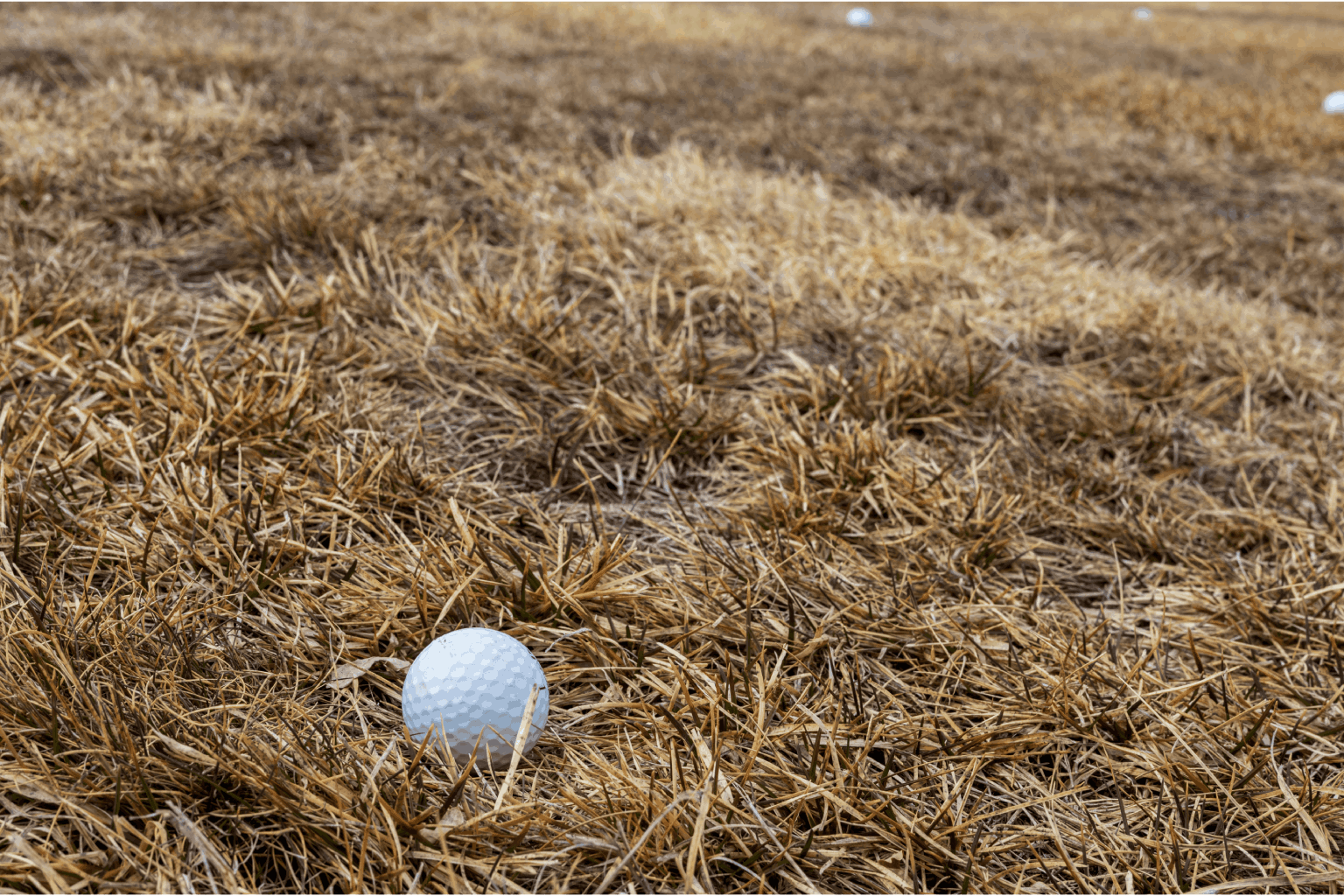
Coverage triggers when temperatures fall below a critical threshold (for example, below 24°F for a set number of consecutive hours) at your insured location. Frost events can stress or damage landscaping, irrigation systems, and exterior amenities.
The USDA reports frost events have been increasing in unusual regions due to shifting climate patterns. In recent years, early-season frosts have caused billions in agricultural and outdoor asset losses nationwide.
When temperatures drop below the set threshold and the event is verified by trusted weather data, you submit a simple claim. No damage inspection needed — just verification and payout.

Coverage triggers when rainfall falls below a defined minimum (for example, less than 0.1 inches over 30 days) at your insured location. Extended dry conditions put significant stress on landscapes, communal green areas, and outdoor utilities.
According to the U.S. Drought Monitor, drought-like precipitation deficits now impact 40% of the United States at any given time. Landscaping and grounds maintenance costs increase by an estimated 30–50% during prolonged dry spells.
If precipitation falls below the set threshold and is verified by a trusted data source, you submit a claim. No inspections or proof of loss — just objective verification and payout.

Coverage triggers when rainfall exceeds a defined threshold (for example, more than 3 inches in 24 hours) at your insured location. Excessive rain events can overwhelm drainage, flood low-lying areas, and damage landscaping, irrigation, and exterior property features.
NOAA and regional climate reports show that extreme rainfall events are becoming more frequent and intense due to shifting climate patterns. In recent years, heavy downpours have caused billions in flood-related losses for outdoor spaces, facilities, and commercial assets.
When rainfall surpasses the set threshold and the event is verified by trusted weather data, you submit a simple claim. No damage inspection is needed — just verification and payout.